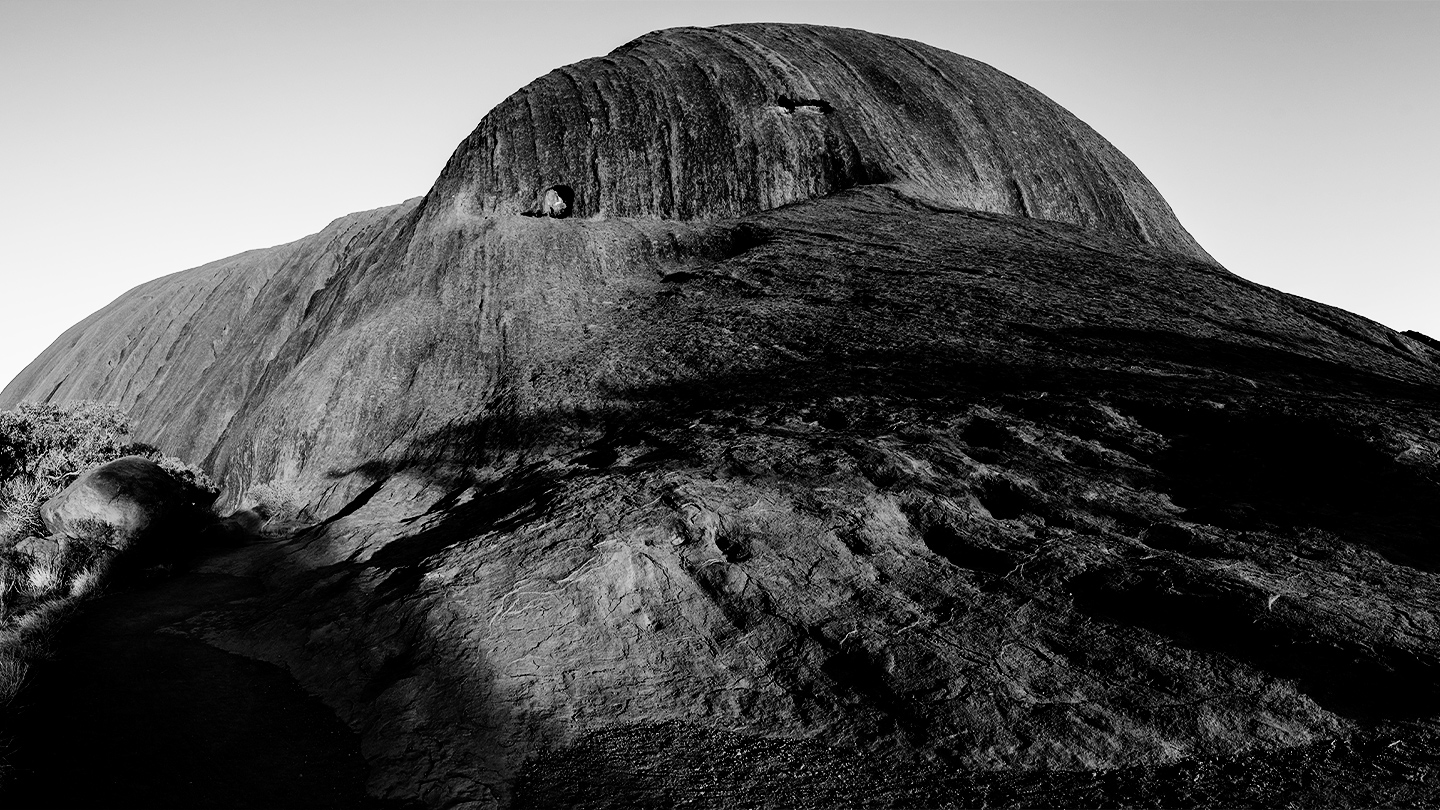National Water Initiative 2004-present
The National Water Initiative was the first national water policy to consider Aboriginal water rights.
The Intergovernmental Agreement on a National Water Initiative (NWI) is an agreement that was made in 2004 between the Commonwealth government and States and Territories (at that time excluding Tasmania and Western Australia) (). The agreement states that
- ‘water access entitlements and planning frameworks will... recognise indigenous needs in relation to water access and management’;
- ‘parties will provide for indigenous access to water resources, in accordance with relevant Commonwealth, State and Territory legislation, through planning processes that ensure: inclusion of indigenous representation in water planning wherever possible; and water plans will incorporate indigenous social, spiritual and customary objectives and strategies for achieving these objectives wherever they can be developed’; and
- ‘water allocated to native title holders for traditional cultural purposes will be accounted for’.
Following the NWI a National Water Commission (the Commission) was created to implement the NWI and assess how parties met obligations and achieved outcomes ().
In 2007, the Commission released its first assessment of progress in implementation of the NWI (). It found that while there were substantive efforts being made to include Aboriginal people in water planning, rarely were Aboriginal interests explicitly included in water plans.
In 2009, the Commission held the Indigenous Fresh Water Planning Forum, where it was recommended that an Indigenous group be formed to advise the Commission on Indigenous matters (). As a result, an interim Indigenous Water Reference Group was formed by the Commission, which became the First Peoples’ Water Engagement Council (FPWEC).
The Commission’s second assessment was released in 2009 (). It found that Aboriginal water requirements were rarely explicitly included in water plans, and in most jurisdictions Aboriginal people were not being effectively engaged in water planning processes.
The Commission’s third assessment was released in 2011 (). It found that, while States increasingly recognised the cultural values in water and made advances to engage Aboriginal people in water management:
‘the full intent of the NWI parties’ commitments on Indigenous interests in water [had] not yet been achieved. Many water plans [did] not consider Indigenous cultural values and economic development, leaving the cultural and economic expectations of Indigenous Australians as an unmet demand on the water system' ().
In 2014, the Commission was abolished because the Commonwealth government argued States’ progress in achieving the NWI was ‘considerable’, and ongoing implementation ‘should be done as efficiently as possible’ (; ). The Productivity Commission was tasked with reporting on States’ progress.
The Productivity Commission released a report in 2017. It found that, although States had made progress regarding consultation with Indigenous communities, ‘this [was] yet to translate into explicit detailing of cultural values and outcomes in water plans’. It also found that ‘water for Indigenous economic development [was] not specifically covered by the NWI’ ().
In 2021, the Productivity Commission’s report stated that despite all parties’ attempts to improve Aboriginal engagement, progress had been slow, and there were concerns ‘about the adequacy and effectiveness of some engagement efforts’ (). The 2017 and 2021 reports both suggested the NWI be renewed.
Academics have suggested that while the NWI recognises conflicting stakeholder interests in water management, it neither resolves the tensions between them nor establishes clear processes to address them ().
See Discussion and Analysis documents for more on the terms of the NWI, including that ‘outcomes generally preclude economic development’ (), that more is required to ‘address the legacy of inequitable distribution in water rights’ and that the amount of water Aboriginal people can use in the way they would like – be it environmental or commercial – has not changed significantly over the last 20 years ().
The law and policy in this subject is accurate as of 1 December 2022.
